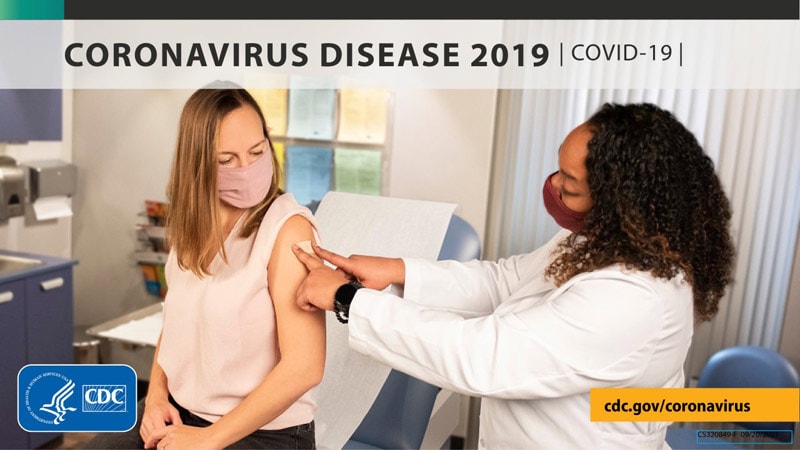RFK Jr excerpt:
Similarly, in 1977, Boston University epidemiologists (and husband and wife) John and Sonja McKinlay published their
seminal work in the Millbank Memorial Fund Quarterly on the role that vaccines (and other medical interventions) played in the massive 74% decline in mortality seen in the twentieth century: “The Questionable Contribution of Medical Measures to the Decline of Mortality in the United States in the Twentieth Century.”
In this article, which was formerly required reading in U.S. medical schools, the McKinlays pointed out that 92.3% of the mortality rate decline happened between 1900 and 1950, before most vaccines existed, and that all medical measures, including antibiotics and surgeries, “appear to have contributed little to the overall decline in mortality in the United States since about 1900 — having in many instances been introduced several decades after a marked decline had already set in and having no detectable influence in most instances.”
The McKinlays’ study concludes that vaccines (and all other medical interventions, including antibiotics and surgeries) were responsible for — at most — somewhere between 1% and 3.5% of that decline. Put differently, at least 96.5% of the decline (and likely more than that) occurred for the reasons I cited in my discussion with you.
Finally, The McKinlays presciently warned that profiteers among the medical establishments would try to assign credit for the mortality declines to vaccines and other interventions in order to justify
government mandates for their medical interventions.
Seven years before the McKinlays’ publication, Harvard Medical School Dr. Dean
Edward H. Kass delivered a landmark speech to the annual meeting of the Infectious Diseases Society of America. Kass was a founding member and first president of the organization, and founding editor of the Journal of Infectious Diseases.
On Oct. 19, 1970, Kass told his colleagues that the dramatic decline in infectious disease mortalities during the 20th century “is merely the most important happening in the history of the health of man.” He cautioned that:
“This decline in rates of certain disorders, correlated roughly with socioeconomic circumstances … Yet we have only the vaguest and most general notions about how it happened and by what mechanisms socioeconomic improvement and decreased rates of certain diseases run in parallel … we had accepted some half truths and had stopped searching for the whole truths. The principal half-truths were that medical research had stamped out the great killers of the past — tuberculosis, diphtheria, pneumonia, puerperal sepsis, etc. — and that medical research and our superior system of medical care were major factors extending life expectancy, thus providing the American people with the highest level of health available in the world. That these are half truths is known but is perhaps not as well known as it should be.”

academictimes.com


